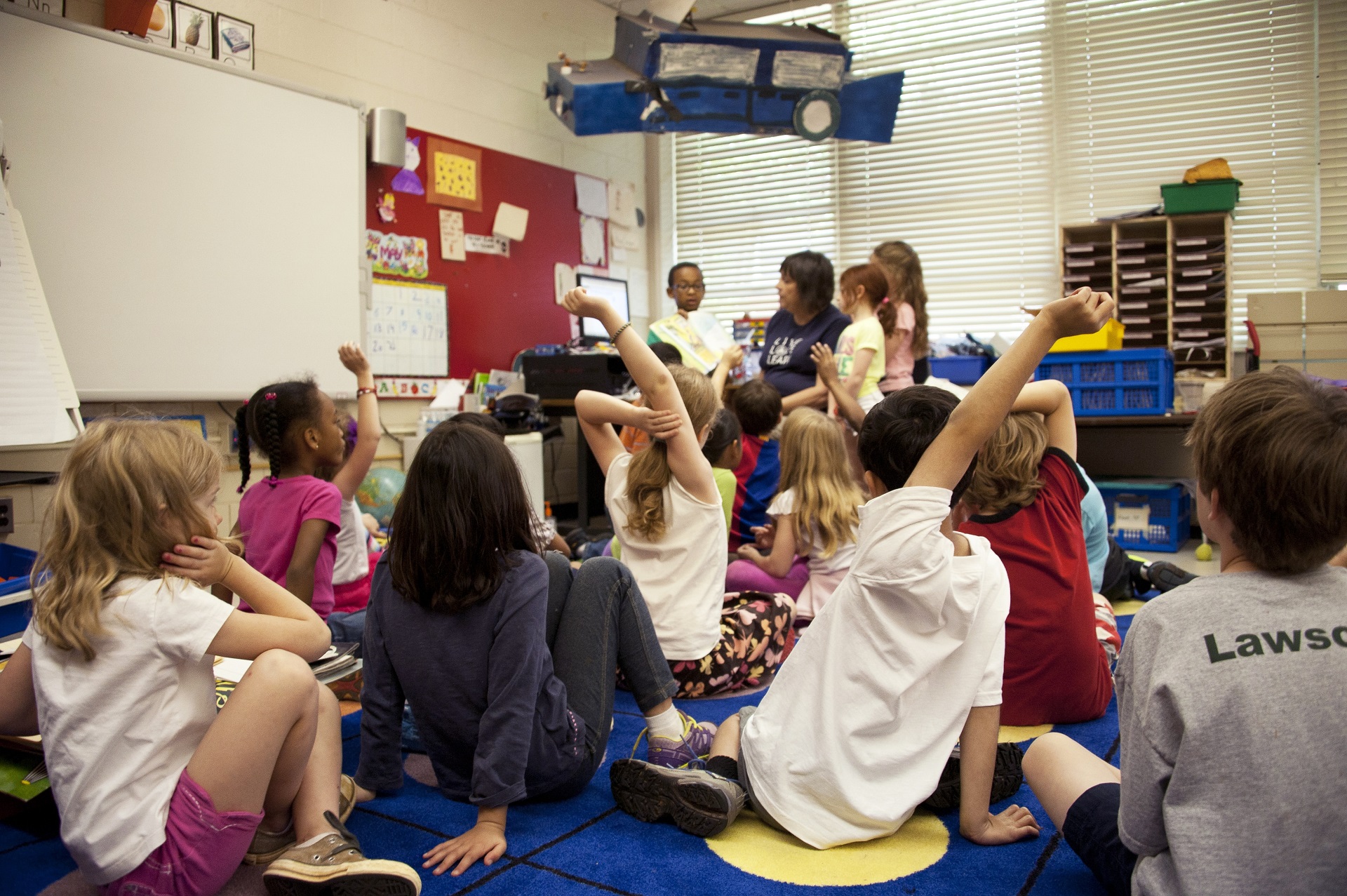
We are a reader-supported education publication. When you buy through links on our site, we may earn an affiliate commission to help us keep providing content.
Knowing how to ask questions in class is vital to gain the most out of your education. Teachers want students to stay engaged in content or understand when they need to explain concepts again. Student questions empower classrooms to be more empathetic and promote critical thinking, but some are nervous about raising their hand. Here are the steps to asking productive questions in class without fear.
Know the Value of Asking Questions
Students could perceive question-asking to be disruptive to the learning process. However, asking questions provides more benefits than a mere stop to a lecture. It helps students and teachers because, as the adage goes, other students in the room probably have similar questions. Posing them solves the problem for numerous others, and it prevents confusion in subsequent lessons as concepts work with each other.
Additionally, it lets teachers know students are paying attention. A raised hand is like positive feedback they can use to improve their lesson plans. A question may uncover a gap in their teaching or where they should cover topics more thoroughly.
Boosting classroom participation this way also makes a more welcoming, accepting learning environment. Classrooms that welcome questions provide emotional security, and student-teacher relationships form more organically because they feel encouraged to be curious. Knowing the benefits of question-asking is one concept — so how can your question provide the best learning opportunity for you and your peers?
Understand Different Opportunities
Timing is the key to a well-asked question. Raising hands became a successful classroom tactic for a reason, yet others find it distracting and teachers may implement their own question-asking guidelines. Regardless, it’s a silent way to prepare teachers to react to incoming requests.
Teachers may see a raised hand or signal and stop mid-sentence to answer. However, others may wait until the end of a lesson or thought to keep learning momentum to ask the class for thoughts. Regardless of what type of teacher you have, practice patience because they will get around to you — the length of time you must wait isn’t reflective of you as a student.
It’s crucial never to interrupt, no matter how pressing, because it signals respect. If a teacher transitions to other topics without addressing your question, you could consider waiting for a pause in instruction before interjecting with a polite pardon. Another strategy is to write the question down, so you don’t forget it and ask during the next teacher-prompted opportunity. In the meantime, look through your text and notes to ensure the teacher didn’t already answer your query.
Develop Unyielding Confidence
Many students leave questions unasked because they need to be more relaxed. They might fear peers judging them or don’t have the confidence to believe their question is worth asking. Students must remember they are not alone, especially if they remain an observant student that mindfully takes notes and cares about education. Every attentive student has questions, and you could be the brave student that starts a trend. Your question can help other students’ understanding and foster that kind atmosphere teachers work hard to maintain.
When it’s your turn to ask questions, continue translating that confidence into your tone. Speak clearly and loud enough for everyone to hear. These speaking qualities reduce the likelihood that you’ll need to repeat yourself, which could feel embarrassing.
Students must also note that only some teachers respond to questions similarly. Some instructors are blunter, and others are gentler. How a teacher responds to students is not within your control, so maintain professionalism and poise regardless of their response to not take it personally.
Speak With Specificity and Concision
Once you nail confidence, ask the question precisely and briefly. If students ramble or tell personal anecdotes, they could lose the instructor. They may not know how to respond to students if they can’t find the question buried under other thoughts.
In conjunction with confidence, never feel the need to provide disclaimers to keep hold of concision. Here are some common prefaces to avoid to ask questions without placing blame on yourself, peers, or the environment:
- I know this is a stupid question, but…
- I’m not sure if you already answered this, but…
- I couldn’t focus because of …, so can you repeat that?
Alternatively, consider framing questions with exact question words like “how” or “why.” Specificity and concision also increase the chance of getting the most helpful answer and not wasting valuable class time.
Becoming a Better Student With Meaningful Questions
Classrooms should motivate students to ask questions. It generates discussions, increases morale, and sets precedents for critical thinking and curiosity. Classrooms should be a two-way conversation where teachers inspire thought, and students engage with it. Asking questions is one of the most powerful tools in a learning environment. With these tips, no question should be left unanswered.
latest in learning!
Get the latest updates in learning, teaching and everything in between! Whether you're a student or an educator, we offer the inspiration you need to fuel your classroom experience.






